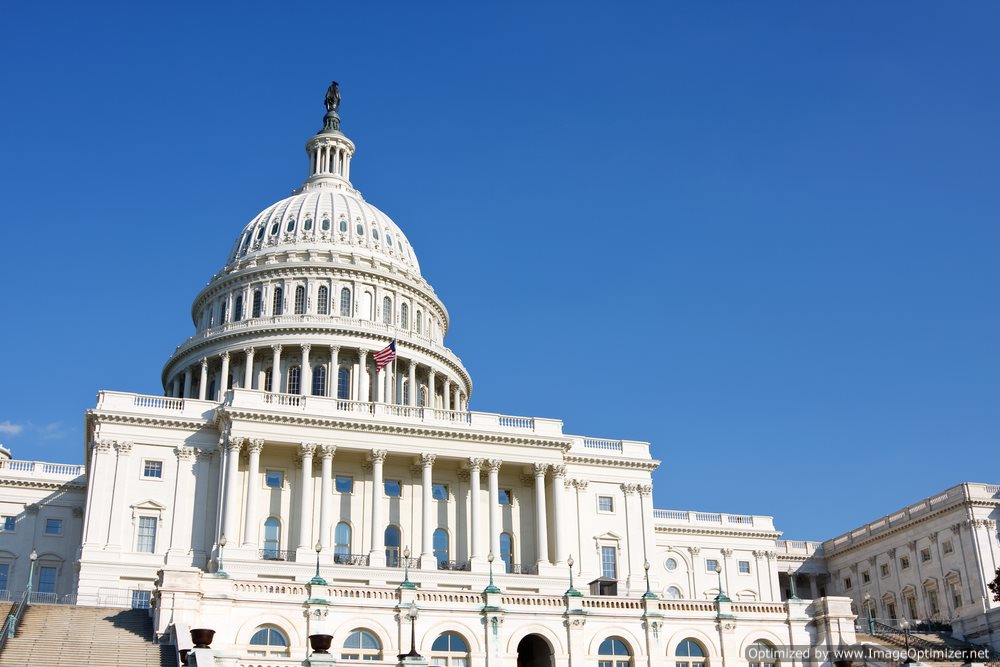Guide to the Federal Acquisition Regulation

What is the Federal Acquisition Regulation?
• The Federal Acquisition Regulation is the primary set of rules in the Federal Acquisition Regulation framework. This system, known as the Federal Acquisition Regulation System, consists of multiple sets of regulations issued by various agencies of the United States Federal Government. These regulations are charged with governing what is known as the “acquisition process”—the process through which a government body purchases or acquires goods and services.
• The acquisition process consists of three distinct phases: the first phase requires planning and recognizing what resources are needed; the second phase requires the establishment of a contract; and the 3rd phase mandates the administration of this contract.
• As a result of this defined process, the Federal Acquisitions Regulation is responsible for governing the activities of government personnel while instituting or taking part in this mission. That being said, the Federal Acquisition Regulation is not responsible for regulating the purchase of the underlying goods and services from the private sector. The only situation where the Federal Acquisitions Regulation is involved in the purchase through the private sector is when a part of the purchase is incorporated into government solicitations and contracts by reference.
How is the Federal Acquisitions Regulation Structured?
• The Federal Acquisitions Regulation is codified in Title 48 of the United States Code of Federal Regulations. The Federal Acquisitions Regulation is issued pursuant to the Policy Act 1974 of the Office of Federal Procurement, as well as Title 41 of the United States Code and Chapter 7.
• The statutory authority of the Federal Acquisitions Regulation is issued by a maintained with the residents of the body, more specifically, the Secretary of Defense, the Administrator, and the Administrator on General Services.
• The Federal Acquisitions Regulations and its various sub-departments or agencies are said to possess, according to the Federal Court system of the United States, the force and effect of law. As a result, nearly all government bodies are required to comply with and adhere to the Federal Acquisitions Regulation Committee. That being said, the following agencies are exempt from such enforcement: The Central Intelligence Agency, The Tennessee Valley Authority, the Federal Aviation Administration, the Bonneville Power Administration and the United States Postal Service.
Guide to the Federal Acquisition Regulation
The Federal Acquisition Regulation (FAR) is a set of rules and guidelines that govern the procurement process for all federal government contracts. The FAR is maintained by the General Services Administration (GSA) and is used by all federal agencies when acquiring goods and services. This article provides a guide to the FAR and its key provisions.
Purpose
The purpose of the FAR is to streamline the procurement process and promote consistency and fairness in federal contracts. It provides uniform policies and procedures to ensure that federal procurements are conducted efficiently and effectively. The FAR also sets standards for contractor performance and ensures compliance with laws and regulations.
Key Provisions
Here are some of the key provisions of the FAR:
1. Acquisition Planning – The FAR provides guidance on acquisition planning, which is the process of identifying the procurement needs of the federal government. The FAR outlines the steps that must be taken in the acquisition planning process, including market research, acquisition strategy development, and solicitation planning.
2. Acquisition Methods – The FAR provides guidance on the different types of acquisition methods that can be used for federal contracts. These methods include sealed bidding, negotiated procurement, and simplified acquisition procedures. The FAR provides guidelines for selecting the appropriate method based on the needs of the federal government.
3. Contract Administration – The FAR provides guidance on contract administration, which is the process of managing and overseeing the performance of federal contracts. The FAR outlines the responsibilities of the contracting officer in contract administration, including monitoring contractor performance, making changes to the contract, and terminating the contract if necessary.
4. Cost and Pricing – The FAR provides guidance on cost and pricing, which is the process of determining the appropriate price for federal contracts. The FAR provides guidelines for establishing cost and pricing data requirements, evaluating proposals, and negotiating the final contract price.
5. Ethics and Integrity – The FAR places a strong emphasis on ethics and integrity in federal procurement. The FAR requires contractors to maintain high standards of business ethics and conduct, and to report any suspected misconduct. The FAR also provides guidelines for avoiding conflicts of interest and ensuring that the procurement process is fair and unbiased.
Impact
The FAR has a significant impact on federal procurement, ensuring that the process is fair, consistent, and transparent. The FAR has helped to increase competition and reduce costs for the federal government, while also ensuring that contractors meet high standards of performance and ethics.
Conclusion
The Federal Acquisition Regulation is a critical component of the federal procurement process. It provides guidelines and standards to ensure that federal procurements are conducted efficiently, effectively, and with the highest levels of integrity and ethics. Understanding the key provisions of the FAR is essential for anyone involved in federal procurement, whether as a contractor, federal employee, or government official.



















